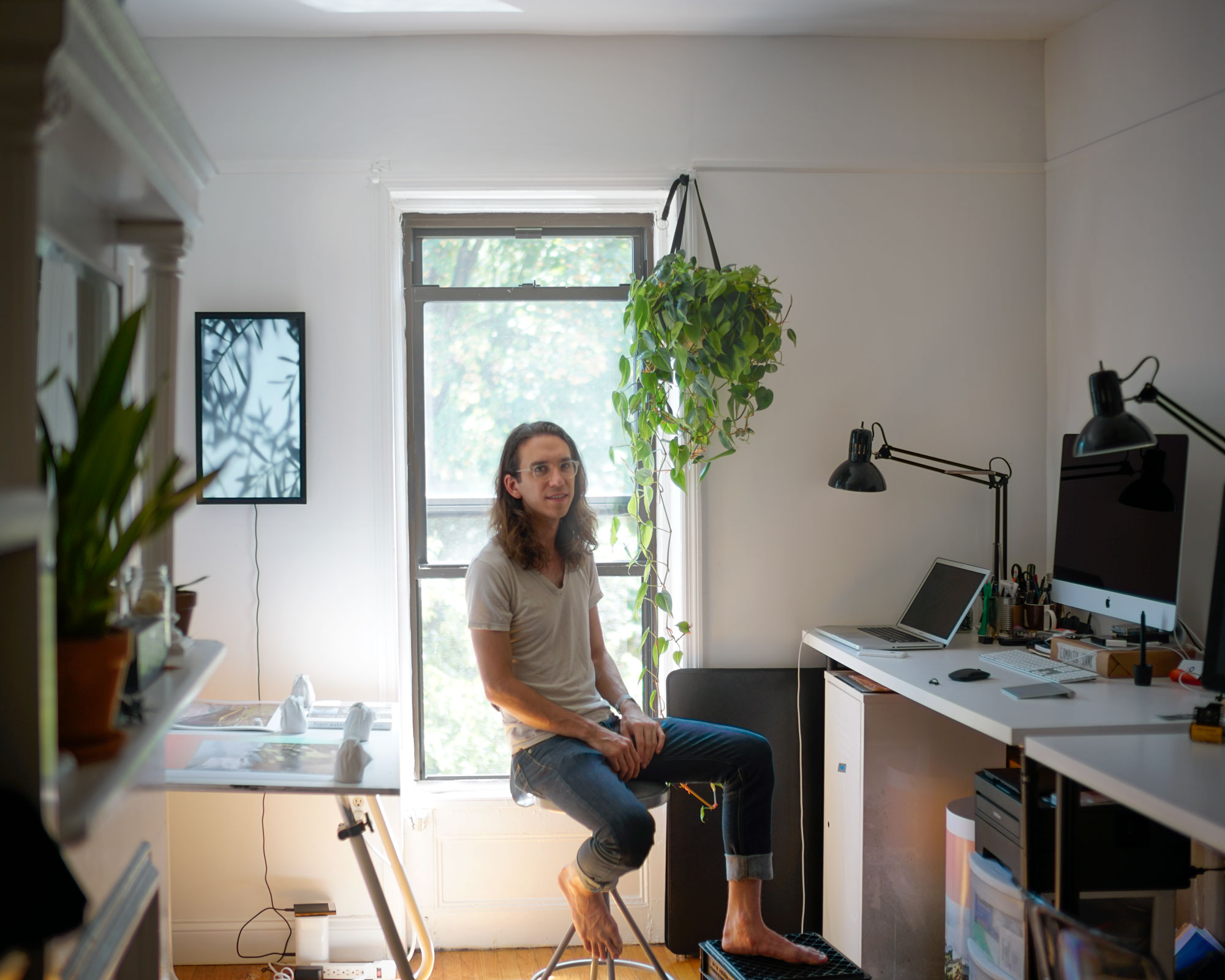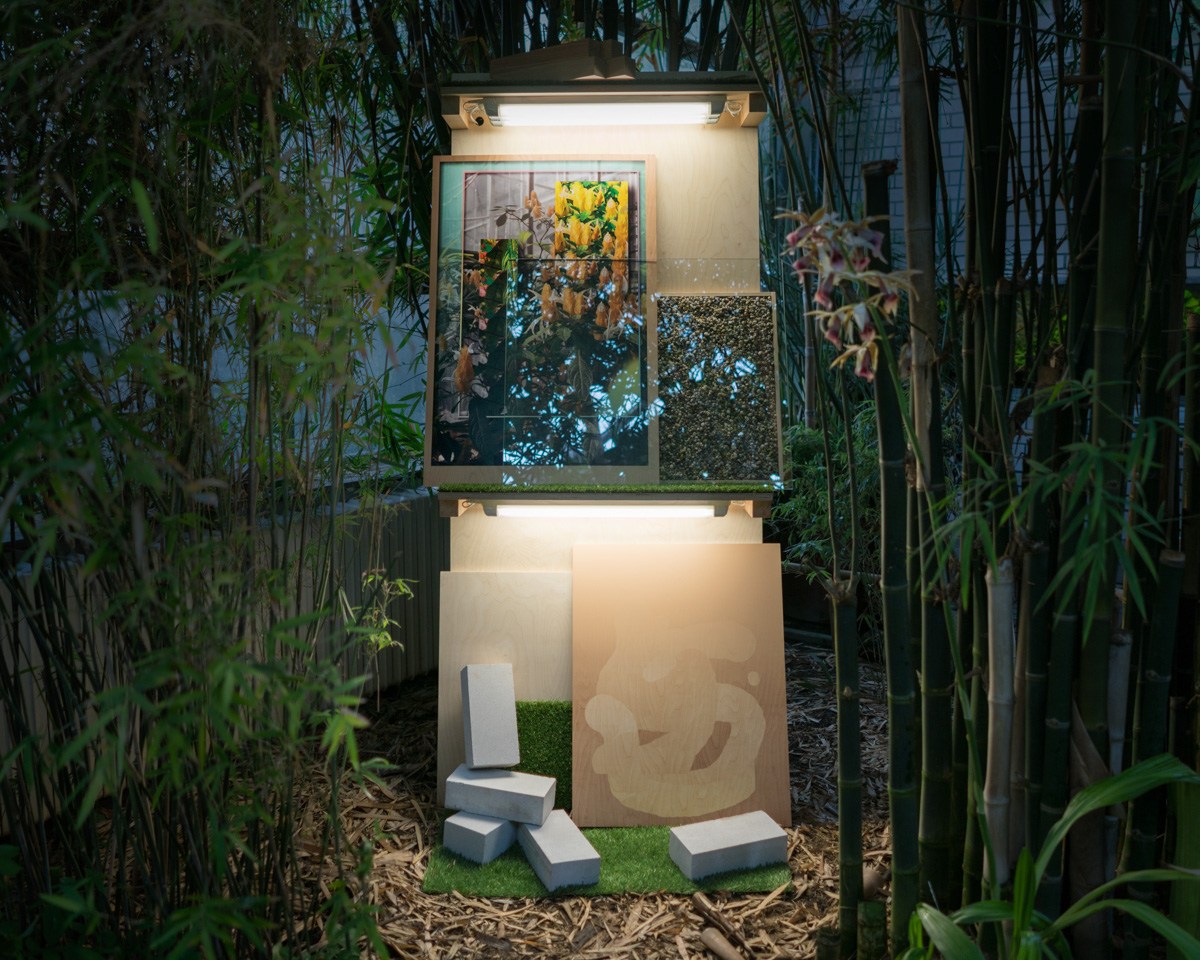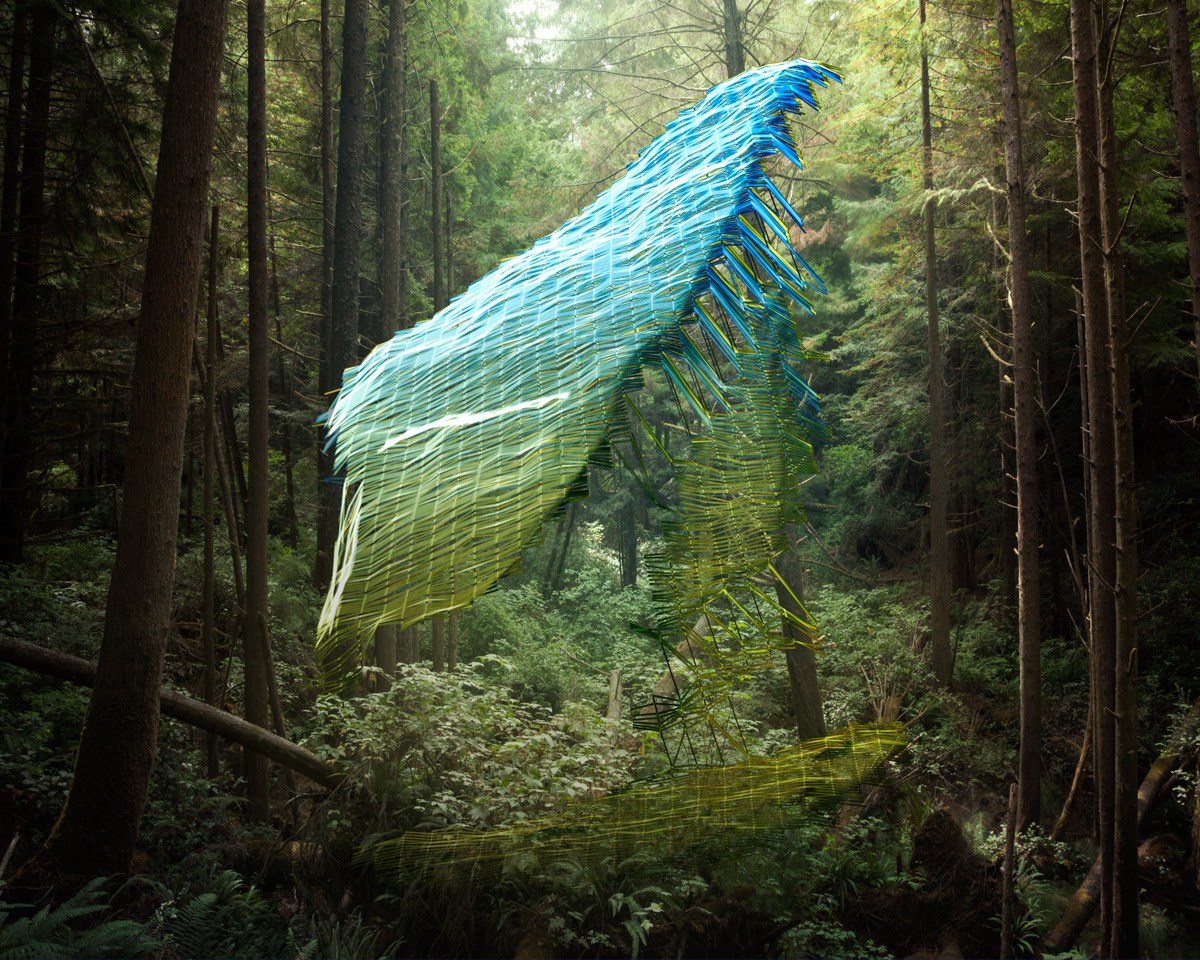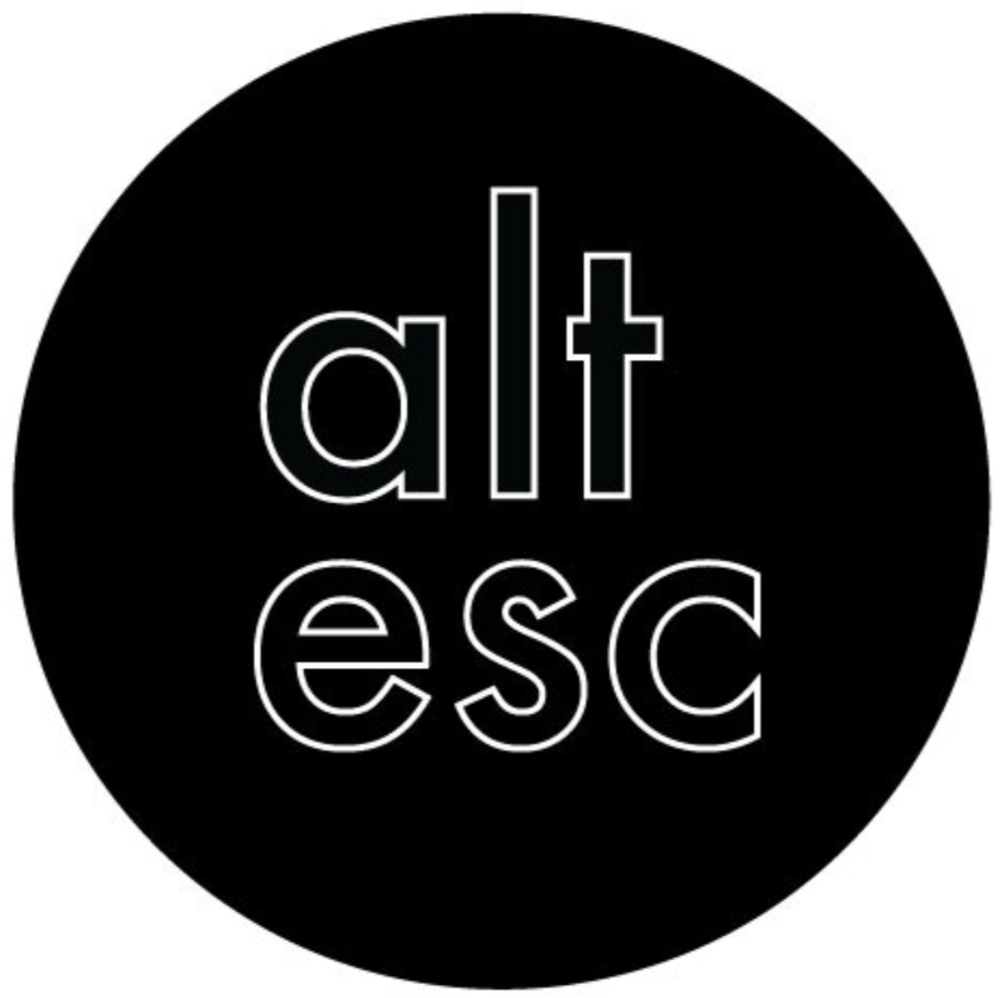mark dorf
Mark Dorf is a conceptual artist from Louisville, Kentucky working and residing in Brooklyn, New York. We were curious about his new series Transposition, which explores our relationship to the landscape and the complexity of that relationship when it is transposed into a new environment. The work oscillates between man-made and natural objects jumping through a spectrum of materiality. We were intrigued to hear how data sets contributed to his past series of work and how, through a residency, he worked alongside ecologists. We are happy to say his work will be featured in our upcoming show at Squat Gallery, 929 Broadway, opening March 31st. And definitely don’t miss his solo show at Postmasters, opening April 29th!





What have you been working on? We saw you were recently in Prague.
Yes, I was in Prague for just under two months this past Fall working on an installation at the Albertov Botanical Gardens called Transposition that was commissioned by the Fotograf Festival. The theme of the festival was "Nature / Culture" of which are terms that I find to be pretty antiquated and in some ways even detrimental. It’s a false binary, in my opinion. They aren't different - they are the same. “Nature” and "Culture” coexist and affect each other fully, so rather than dealing with these terms as opposites, I wanted to look at how the were all affecting.
What were you trying to convey through the series?
In these works I was focused on not representing these ideas in isolated categories, but rather as a spectrum of materiality. These typical modes of thinking that are “Nature," our “urban architectural environments," and our “technological environments” are codependent and to understand them as such I think will give light to a more responsible means of relating to our planet. This othering of the landscape is one element amongst many that has driven us to such irresponsible extremes of consumption of natural resources. If we could somehow better collectively understand that we as a human population and our consumptive behaviors are variables in this world ecology (not to say that we don’t understand this, we just often find it very easy to turn a blind eye) we may begin to make steps to correct our behaviors – but when someone buys a bottle of water, they don’t think about where this item came from or what natural resources it took to create it, in fact I would bet that they think of very little at all.
Transposition #3 (Image courtesy of artist's website.)
To look into and represent these ideas, I was interested in using materials and aesthetics that are derived directly from “Nature," architecture, and technology, but were processed and transformed versions. In the context of “Nature” there are elements that are derivative of the landscape but are made for human consumption and architecture (like plywood, tempered glass, concrete bricks, or fluorescent lights). Fluorescent lights are mildly representative of the sun but are of course made to illuminate our constructed indoor spaces. They too represent a sort of control over the natural world that we think we have in that they are often used to grow plants in isolation. I was also interested in using materials that are derivative of the landscape through aesthetics but equally divorced both in their use and material make up (like astroturf and fake plastic rocks), and, of course, there are the house plants which are quite literally a reassigned piece of the landscape under human control.
You’ll notice though in these works never is “Nature," architecture, or technology ever directly depicted, the photographs are manipulated images of botanical gardens, never is architecture actually constructed, only minimal shelving units, and never is technology ever directly depicted, only digital photographs that reveal their materiality through their manipulations. I wanted these materials to point fingers at where they come from and the way they affect one another but never fully represent any of them – that way they reveal new a new but familiar vocabulary when brought together. In the end I call them “Landscapes” to unify all of these modes of thinking into one category.
Detail shot of Transposition #3 (Image courtesy of artist's website.)
Additionally the greenhouse that these works were installed in is like a museum box in the middle of the city. You have a greenhouse in this urban center that is full of plants that don't belong there and would never co-exist like they do in this context (or at least not in the organized fashion that they are). There are botanists and ecologists working to organize and keep these plants and ecosystems alive and to study them – all of this is yet another transformation of “Nature” for human consumption both for entertainment of the city dweller and for the appetite of science.
How does your work move back and forth between the digital and physical world?
This was my first dip back into physical three dimensional works since I was in undergrad really and it felt great. I had been trying to get away from the framed print and solely digital works for a while and return to the physical world – there’s just so much more that you’re able to say when you find harmony between all of these materials in three dimensions and with site specific installation. Your vocabulary grows exponentially – I’m trying to let restrictions and self definitions go these days.
Why do you include the glass?
The glass is an important material for me for a lot of reasons. In it’s architectural use it is meant to be invisible, but it is absolutely physical in every sort of way. When it's dirty, you can see it. When there are reflections, you can see it. So in the most minimal way, it is again a barrier that continues to split space and denote difference, at the most basic level, inside and outside.
Conversely it can bring materials together in a weird way as it also it acts as a tool to visually flatten and further confuse the viewer as to where one material begins and ends. In the works in Prague, there were these panels of both wood chips and gravel that were coated in resin. Half of the panel was in front of the viewer and the other half behind glass. When seen behind glass, space is skewed a bit and when seen right next to a print the viewer has a hard time deciding whether or not the wood chips or gravel are prints or real. This effect I find happens often in photography and video as well – there is a distinct limitation of representation and a skewed perspective that is often provided by a photograph or video. This is especially present in the documentation of these works.
Transposition #3 (Image courtesy of artist's website.)
It also references the black mirror – the devices we use to absorb our technological environments. These devices and digital tools that we have really perpetuate the othering of the landscape, not only because we perceive this technology as absolute opposite of the “Natural," but also when you do a google image search of the term “Landscape” you’re presented with millions of results of which mostly are HDR images with hyper saturated sunsets of orange and purple… this is simply not what the areas outside of our cities looks like. I’m not suggesting that these depictions of the landscape are truly what the population thinks “Nature” looks like, but regardless, the act of consuming these images at a pretty consistent pace will shift our perception and influence our ideas of what “Nature” is and perpetuate the idea that it is not something that we are part of and rather something that is meant for consumption.
And you are extending these ideas into your new work?
The new works will include leaning wall pieces, free standing works, and more traditional wall mounted prints that, in addition to everything I just told you, look more into how consumer goods are derived from the landscape and, bringing in ideas related to capitalism... I’ve been reading a text called "Capitalism in the Web of Life: Ecology and the Accumulation of Capital" by Jason Moore, which examines capitalism as a function within our world ecology and its relationship with “Nature” – it has been a pretty major influence on these new works.
I love the rainbow gradient in your work.
I like to do things with absolute intention. I'm not usually going to throw something in just because it looks beautiful and these gradients follow suit. In the new works you find a lot of rectangular outlines that have a full rainbow spectrum – this was meant to reveal the most basic tool in digital and print representation, color. Not only though is it revealing the most basic tool, it reveals its limitations as well. Color gradients are very hard to represent in print as there are gamut limitations to the machines that we use to output these prints. We simply cannot represent the spectrum of color that we see with our own eyes. In regards to artwork looking beautiful though, I do think art can be attractive and seductive as long as beauty is seen as a tool itself. There is so much ugly conceptual art – there’s no reason to reject beauty in my opinion as long as it too is used with intention. My work is meant to be of a certain aesthetic on purpose. These works are meant to be seductive because they deal with the aesthetics of advertising, consumer goods and how we consume the landscape through media.
This is shot at the Bronx botanical gardens.
Wow, I want to go there. Is it better than Brooklyn's?
The Brooklyn Botanical Gardens are great, but the Bronx Botanical Gardens are a bit larger than Brooklyn’s. It is incredible. Not just the conservatory, but entire grounds that they have up there. They have their annual Orchid show up now. I’m not sure that it’s better, just different – you should go!
Were these works your first jump into sculpture?
I studied sculpture in school, but I have really only used those skills when I lived up in Hudson, New York when I was working as a woodworker and welder in a fabrication shop. This is my first dip back into it in a creative way, and it is refreshing as fuck to be honest. I came out of school and started shooting and dabbling in digital media - things that only exist on the screen or in print. Mostly because I had no money or space to produce physical objects. Now I am coming back into the physical world. My hands were itching to get busy.
Do you have a background in science?
Personally no, but it runs in the family. My aunt and uncle are marine biologists. My dad works in medicine. My grandmother and grandfather were both photographers in the Lower East Side. It’s stuff I have always been interested in, so, of course, it manifests in my work.
Can you talk about your residency at the Rocky Mountain Biological Laboratory?
That was an amazing experience. I was invited out there to participate in a new program that they had just started called the Art and Science Exchange. The lab is one of the oldest field stations in the United States. At the lab, people do a lot of research on climate change due to the age of the field station itself – since it is so old, they have data sets that reach a considerable distance back in time as opposed to new stations whose data sets are much newer and less robust. Additionally, there is an diverse elevation gradient in a small circumference around the lab so there are many different ecosystems right at the researcher's finger tips thus you can see how all of these ecosystems ebb, flow, and affect one another as the climate changes.
Reassemblage 1 from PATH Series. (Image courtesy of artist's website.)
The residency program was open ended, rather than proposal based. The idea was to create a new dialog between the arts and sciences – we wanted to learn from one another. Throughout history, there has been a strong connection between the two studies despite today’s feeling of separation. At the most basic level, we are all just asking questions. We just answer them in incredibly different ways.
So the program was an experiment in trying to create relationships between artists and scientists (both during my time there and continuing on after the program finished), it was a full spectrum experience. I worked a lot with two ecologists that were studying bee populations and pollinators in the area. I would work with them in the field – not so much helping but observing their field research, their practice, and asking questions. It was a very open ended. I am very happy with the work that came out of it and incredibly thankful for the experience.
Where did you stay?
I was provided with a cabin at the lab. It was great!
Was it strange coming back into the world?
While the only thing in Gothic, CO was the lab itself, the only time I've ever experienced that was upon returning from a residency in Iceland. I was living in a little fishing village with a population of about 400 people. I grew up in Louisville, Kentucky, a medium sized city, and when I was younger I thought, “I don’t want to live anyplace smaller than this.” Then I moved to Savannah, Georgia and I thought, “Okay, I don’t want to move anyplace smaller than this.” Then I moved to a small town in the Hudson Valley… then a smaller town in Iceland with only 400 people. Directly after that I moved to Brooklyn, and distinctly remember stepping back and thinking, “Wow! What have I done?” I definitely had to acclimate again.
You also had a book that came out recently?
Yeah I just had my second book published by Aint–Bad titled, "TRANSLATIONS." It features two bodies of work: //_PATH & Emergence.
Can you describe the two series of work?
Emergence was the series that was made out at the Rocky Mountain Biological Research Laboratory in Gothic, Colorado. That work focused on how scientific data represents our sensory experience, the qualities of abstraction in science, as well as the transformation of data and the act of revelation through said transformation and abstraction. //_PATH was a body of work that I shot in the redwoods of Northern California, the Rockies of Colorado, and the Catskills of upstate New York. These works focused on how technology affects the way in which we perceive and interact with our surroundings.
What shows do you having coming up?
Have a few coming up in the pipeline! But I am mostly focusing on a new exhibition that will open at Postmasters here in NYC on April 29th.




